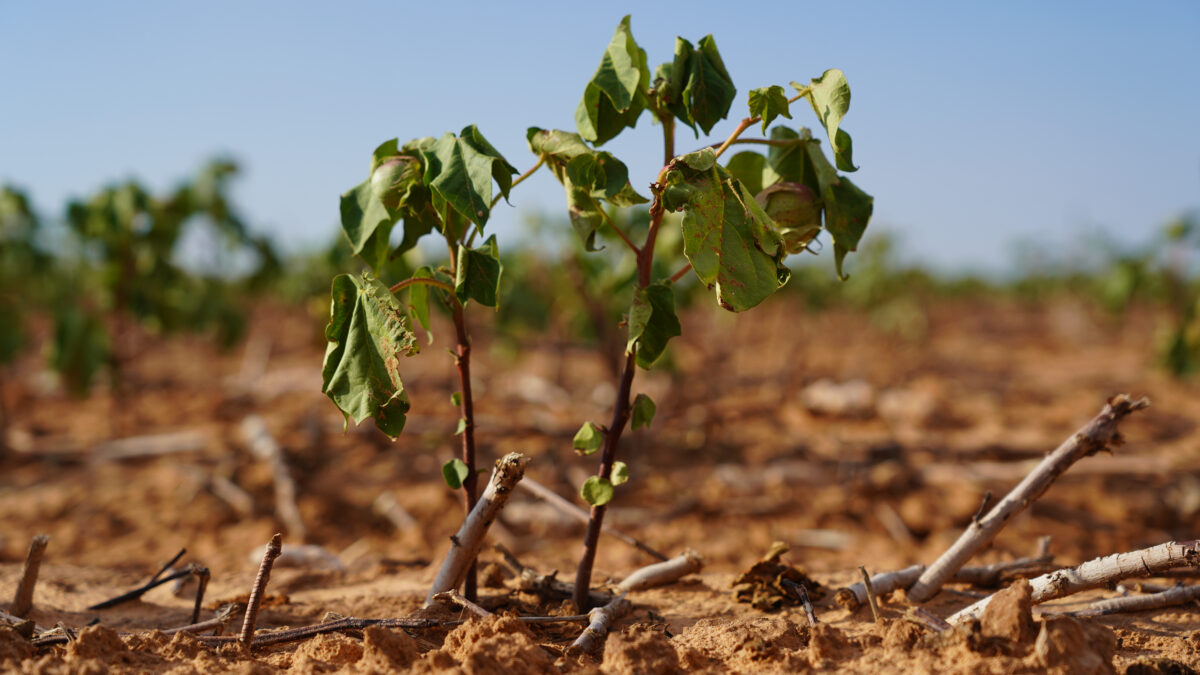Picking Up the Pieces
Guest Author
Special Contributor to FB.org

photo credit: Texas Farm Bureau, Used with Permission
Guest Author
Special Contributor to FB.org
By Shiloh Perry
Right now the Lone Star State is trying to pick up the pieces from the devastation of Hurricane Harvey. Catastrophic winds and rains have destroyed parts of southeastern Texas, from the Gulf Coast up to cities in the Austin area. Homes and businesses are ruined, communities are displaced, damage is being assessed and relief efforts are beginning.
As the storm progressed, government officials declared a state of disaster for the parts of Texas hit hardest and discussed how rebuilding projects will be long lasting. News outlets describe it as one of the worst natural disasters in Texas history and have shown continued coverage of areas with major flooding and other damage. Emergency response teams are still deployed and neighbors are helping neighbors.
My heart hurts for fellow Texans greatly impacted by Hurricane Harvey, especially those involved in agriculture. Farmers and ranchers are always hit hard by natural disasters because the agriculture industry is so dependent on natural resources and more vulnerable to the elements. Farm and ranch homes are damaged and fields are flooded. Cows and other animals have been rescued and moved to higher ground because of flooding and some are still stranded. Even in areas that did not experience major flooding, heavy rains will influence current and future growing seasons.
My heart hurts for fellow Texans greatly impacted by Hurricane Harvey, especially those involved in agriculture.
Hurricane Harvey has definitely impacted the state’s two largest commodities, cattle and cotton. There are 1.2 million beef cows in the 54 counties declared disaster areas from the storm, according to the Agriculture Department’s inventory report. The Texas AgriLife Extension Service estimates that this number accounts for at least 27 percent of the state’s cattle population. Also this year farmers anticipated a good cotton crop, but the weather had different plans. A Crop Progress Report from USDA projected this year’s cotton harvest to be 7 percent larger than last year’s. However, the storm hit right in the middle of harvest, disrupting the process completely. It will be hard to salvage portions of this year’s cotton crop already in storage, let alone what is left of it in the fields.
Texas agriculture will see the implications of the storm for a while. Farmers and ranchers have to repair their homes, barns and other buildings. They also have to recover their land and prepare it again for planting. Depending on the severity of damage, some may have to rebuild their entire farm or ranch business. Rebuilding efforts will not only take time, but will also be very costly. In addition to bearing the cost burdens associated with restoring land and buildings, farmers and ranchers are concerned with the wellbeing of their animals and crops. With the unprecedented devastation Texas has experienced, I worry that some farmers may not be able to weather the storm and become operational again.
Despite the hardship, Texas is picking up the pieces from the storm with the help of friends and neighbors—and that work will continue. On behalf of all Texans, I extend my sincerest appreciation for everyone’s support during this difficult time. To assist those involved in agriculture directly, check out the Texas Farm Bureau Relief Fund for Agriculture.
Shiloh Perry
Media Relations Specialist
Top Issues
VIEW ALL